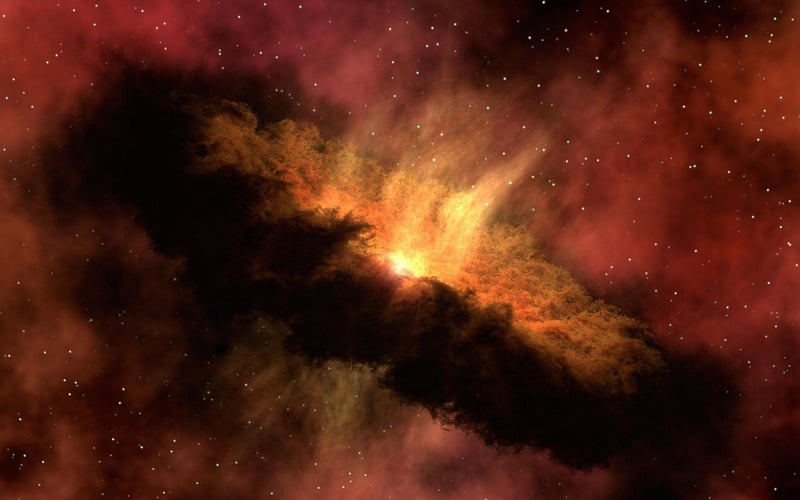Astronomical Surveys
Charting the Unknown: Exploring the Universe through Astronomical Surveys

Embark on a journey through the vast cosmos as we delve into the fascinating world of astronomical surveys. These surveys play a crucial role in mapping the universe, uncovering celestial phenomena, and expanding our understanding of the cosmos.
The Significance of Astronomical Surveys
Astronomical surveys involve systematic observations of the sky to study various cosmic objects such as stars, galaxies, and nebulae. By capturing data from different regions of the sky, astronomers can create comprehensive maps, identify patterns, and make groundbreaking discoveries.
Types of Astronomical Surveys
- Photometric Surveys: These surveys measure the intensity of light emitted by celestial objects, providing insights into their properties and evolution.
- Spectroscopic Surveys: By analyzing the spectral lines of objects, astronomers can determine their composition, temperature, and motion in space.
- Spatial Surveys: These surveys focus on mapping the three-dimensional distribution of galaxies and other structures in the universe.
Breakthroughs Enabled by Surveys
Astronomical surveys have led to significant discoveries, including the identification of exoplanets, dark matter, and dark energy. They have also helped in understanding the large-scale structure of the universe and the formation of galaxies.
Future Prospects
With advancements in technology, upcoming surveys like the Vera C. Rubin Observatory's Legacy Survey of Space and Time are set to revolutionize our understanding of the universe. These surveys will provide vast amounts of data for astronomers to analyze and unravel the mysteries of the cosmos.
Join us in the exploration of the unknown as we continue to chart the depths of space through the lens of astronomical surveys.
For more information on astronomical surveys, visit National Optical Astronomy Observatory.
